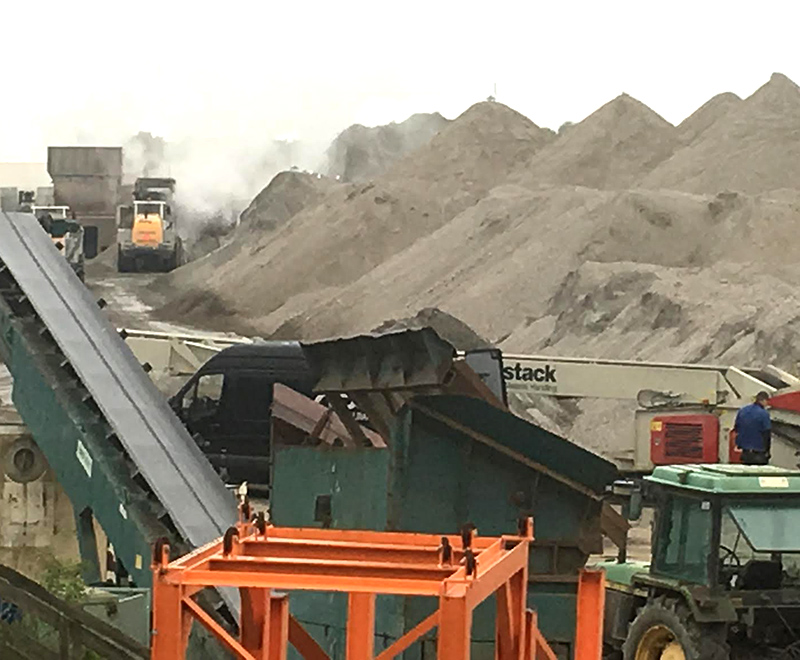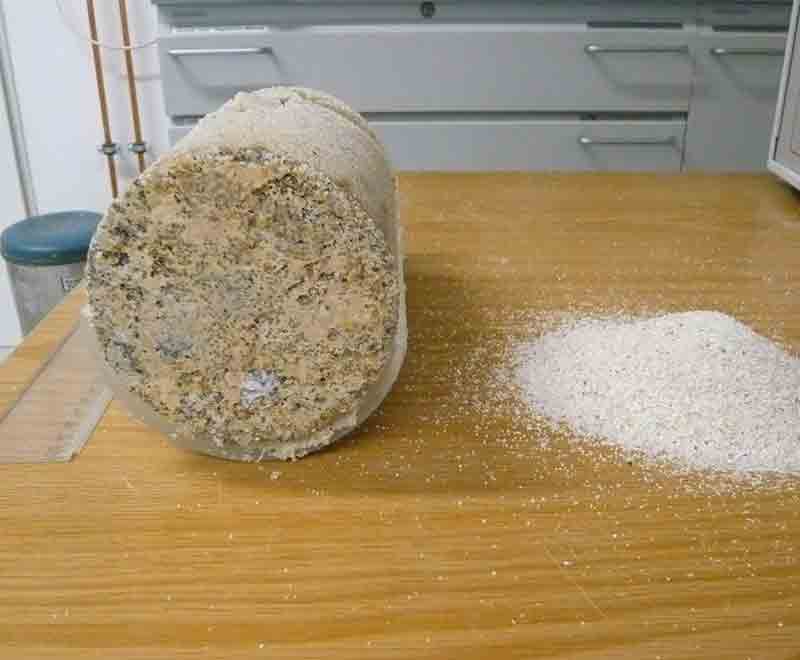BIODEGRADATION OF CONTAMINANTS

Over 100 years of industrial development have left their mark worldwide. Pollutants got into the underground enter the subsurface in a number of ways, which leads to the fact that industrial sites became or will become emitters of substances dangerous for to the environment. By now Presently, biotechnological techniques play a major role in soil and groundwater remediation. Besides aerobic e cleaning processes, anaerobic techniques and combinations of processes were developed, where a microbial depletion of pollutants partially takes place with highly reducing or changing redox conditions.
Microbial elimination processes do apply in the focused development of a sulfate reduced environment for sulphidic precipitation of heavy metals in the underground. The previously moveable heavy-metal ions are detracted from the water cycle which inhibits their further spreading. A new technology has been established which has the aspiration is designed to transfer microbial degredation processes to newly treated sites by introducing external, actively degrading microorganisms.
BIOMINING OF VALUABLE METALS

The easily available and commercially extractable metal deposits on the European continent have already been depleted for some metals. Microbial processes can help attain a higher yield of these elements from soil, sediments, slag heaps and mineral waste. One of the increasingly used technologies in mining to dissolve out such substances is the biological raw material extraction from the underground, so called biomining.
In biomining one distinguishes two different types of application. The first one is bioleaching, which means the microbial caused transformation of insoluble, valuable metal into ist soluble form. The second one is biooxidation, whereby valuable metals like gold are dissolved out by microbial dissolution of valueless metals.
Resources: Isolation and Cultivation of microbial cultures for biomining technologies
Microbial cultures:
- Acidithiobacillus ferrooxidans
- Acidithiobacillus ferridurans
- Acidithiobacillus thiooxidans
- Leptospirillum ferriphilum
- Acidianus sp.
- Metallosphaera sp.
- Sulfolobus
Result:
- Speedy establishment of bioleaching process
- Efficient operation of bioleaching process
BIOCEMENTATION

Important examples for biomineralisation processes, which occur in diverse forms in nature, are carbonate structures such as coral reefs and limestone banks. Innovative biotechnological processes offer the prospects of adding desired characteristics to secondary raw material through according follow-up treatment. After first successful applications, especially in restoration of mineral ornaments, the interest shifted to further areas of application:
- Bio aggregation of soil particles to reduce wind erosion and dust formation
- Biogenic encapsulation of alkaline waste , heavy metals and radionuclides
- Prevention of soil liquefaction through earthquakes
- Stabilization of soil and ground mounding
Biomineralisation processes can occur in two different forms. They are either biologically controlled or induced. The microbial carbonat precepitation, commonly also called biocementation, is generally considered as induced because of its dependance on environmental conditions such as salinity and because no organism- specific processes are involved in the formation of precipitates.
